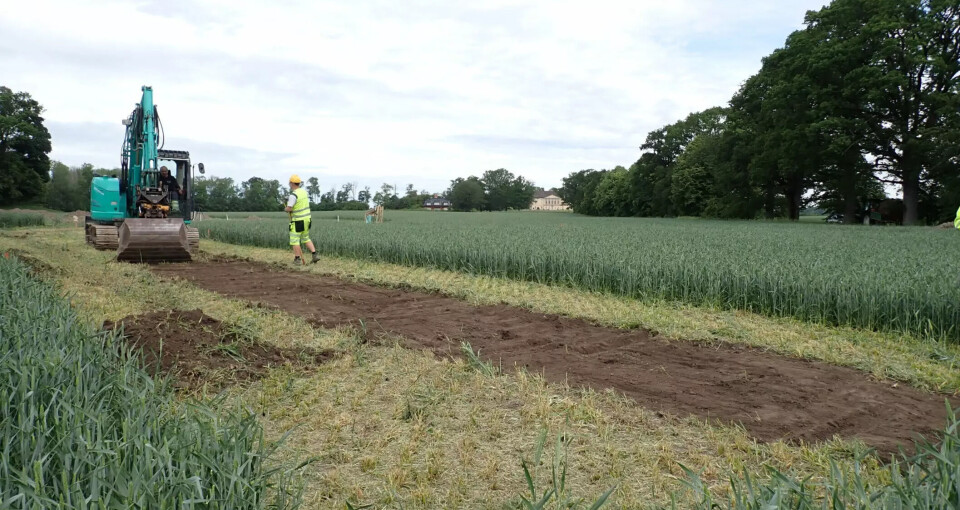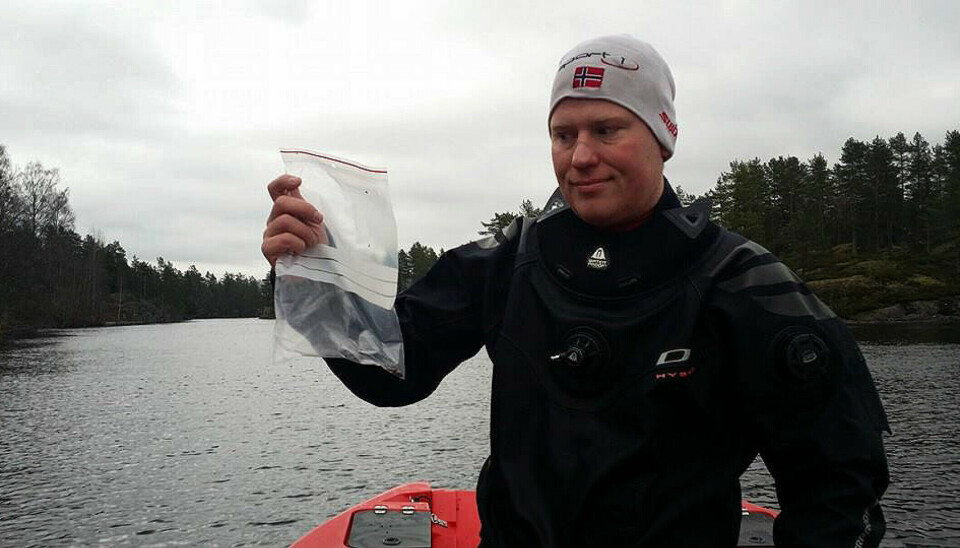
Archaeologists' most exciting finds:
A truly unique artefact from the Bronze Age was discovered at a depth of 12 metres
“I could hardly believe it,” the marine archaeologist says.
“I was completely stunned by the discovery,” says Jørgen Johannessen. He is a marine archaeologist at the Norwegian Maritime Museum.
It all started with a routine investigation.
The Norwegian Coastal Administration needed to blast away underwater reefs, and the area had to be checked for potential cultural heritage sites first.
Johannessen donned his diving gear, jumped into the sea, and swam to a depth of twelve metres.
Here he was to make a discovery that was the first of its kind in Norway.
Could hardly believe it
“I swam along the edge at the bottom where things often accumulate. That’s when I discovered ballast consisting of flint,” he says.
The pile of ballast piqued his interest.
“It was used to stabilise the ship during the voyage, especially in rough weather conditions,” says Johannessen.
Heavy materials like stone and sand were loaded on board before departure.
“Then it was often thrown overboard near the coast. It was a simple and practical way to get rid of it before loading cargo such as planks,” he says.
The method of using sand and flint as ballast was employed from the 1500s to the 1850s.
“So my mind was tuned to that era,” he says.
Suddenly, he saw an object that resembled a Bronze Age axe.
“I could hardly believe it,” he says.
Everyone fell silent
Johannessen marked the discovery site and put the axe blade in his pocket.
“I immediately knew that it was something special, but the optical effects of the water can deceive you,” he says.
Things appear larger than they are, and the colours get altered.
“When I came up and laid it on the boat deck, everyone went completely silent,” he says.
The axe is called a socketed axe or celt. Its shape indicates that it was made sometime in the middle of the Bronze Age, around 1100 BCE.
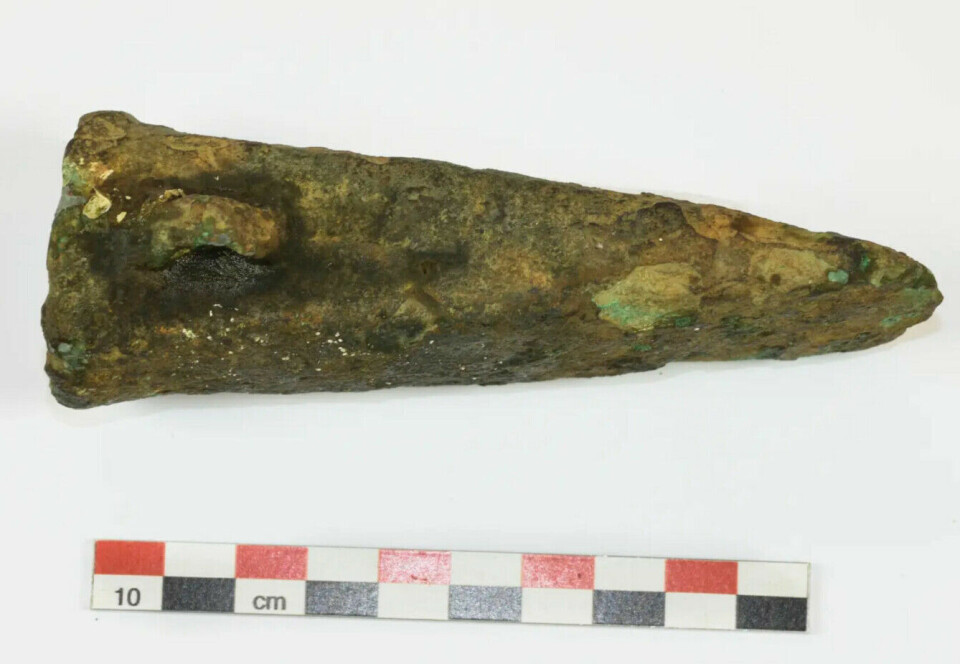
“How could the axe have ended up in the sea outside Arendal?”
“We have had two different theories,” says Johannessen.
The first and most likely theory is that the axe was part of the ballast on a sailing ship.
“This might have happened in the 19th century. It could have been thrown overboard to make room for new cargo,” he says.
The other hypothesis is that the axe came from a shipwreck.
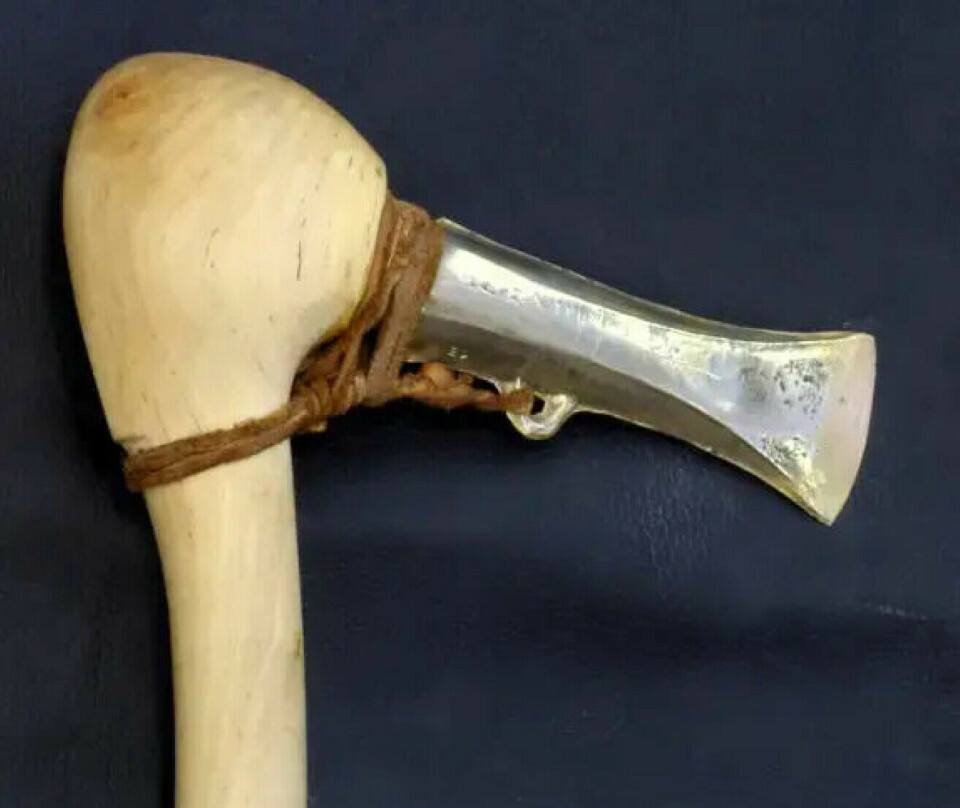
“If that’s the case, it would be the first Bronze Age shipwreck discovered in Norway,” says Frode Kalvø, an archaeologist at the Norwegian Maritime Museum and the project leader.
The archaeologists carefully combed the bottom with a metal detector and trowel. They wanted to ensure nothing was to be missed before the Norwegian Coastal Administration began blasting. It turned out that the axe was lying alone.
“The axe likely lay in a grave since the Bronze Age or was lost on the beach. When they were gathering ballast for the ship, they might have picked it up without noticing,” he says.
Party culture
“Isn't it remarkable that the axe wasn’t covered by sand over all this time?”
“The Tromøy strait has strong currents that wash away sediments. This might have helped keep the axe visible,” says Johannessen.
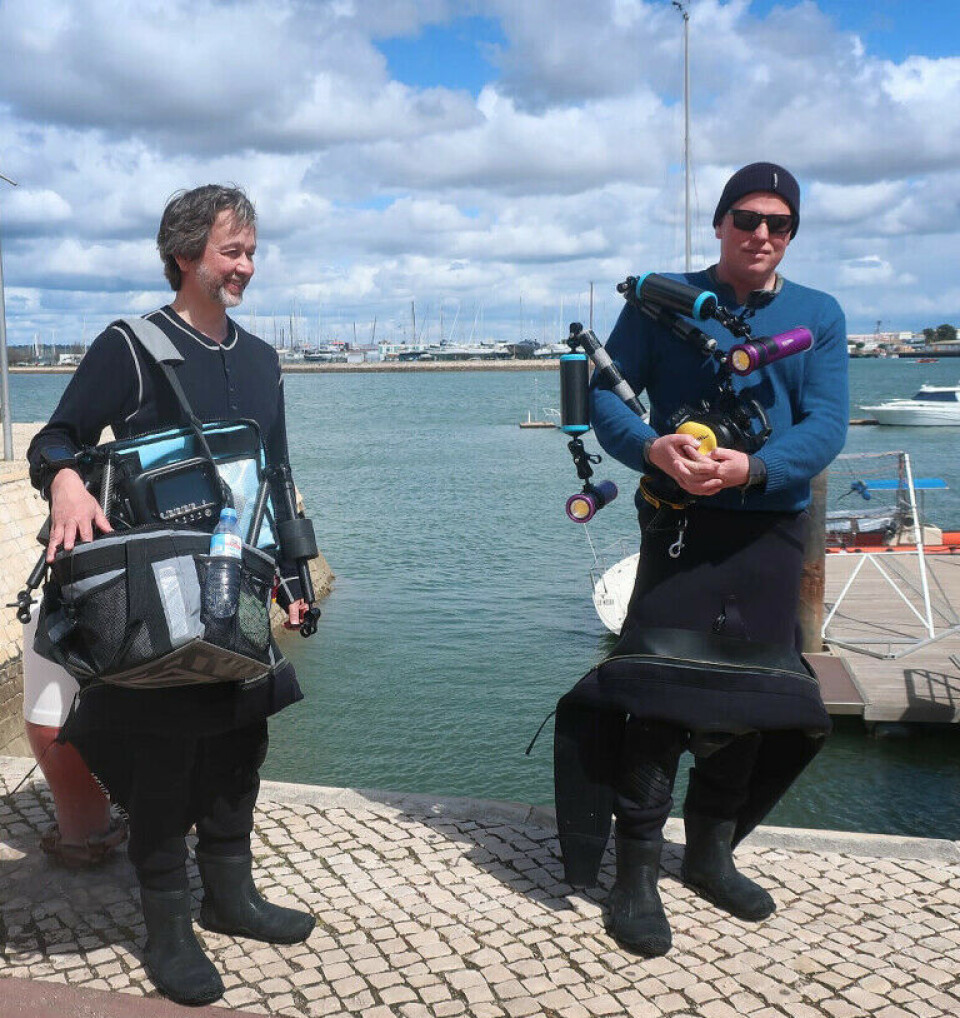

“The axe find was accidental. What do you typically search for?”
“I study the party culture of seafarers in harbours. Many likely celebrated after surviving the journey across the North Sea,” says Johannessen.
This involves searching for items such as jars, glassware, and clay pipes.
“I’m currently writing a research article about this, and it’s exciting to use both historical sources and archaeological finds to support the hypotheses,” he says.
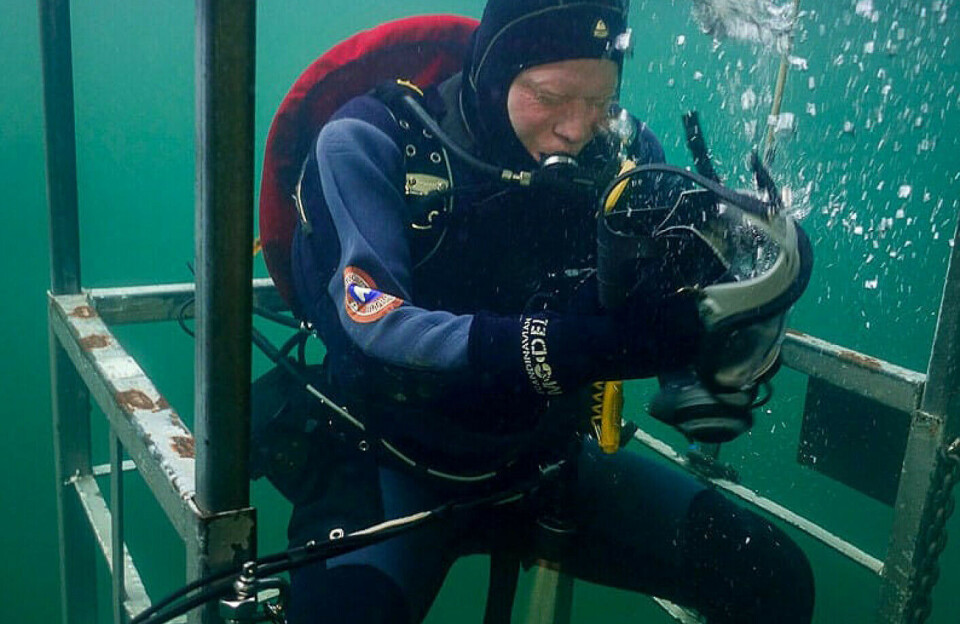
Everything has to align
“The socketed bronze axe is the first metal artefact from prehistoric times we’ve found in the sea in Norway,” says Kvalø.
Everything has to align perfectly. Finding something so unique by jumping into the sea is like searching for a needle in a haystack.
“You also have to know what you’re looking at. Having studied socketed axes before, I could distinguish it from other objects,” he says.
He encourages anyone who discovers something interesting on the shore or seabed in Norway to reach out.
“But don't take it with you. If it’s a protected cultural heritage site, it must remain undisturbed until it can be properly examined on-site,” he says.
———
Translated by Alette Bjordal Gjellesvik
Read the Norwegian version of this article on forskning.no










